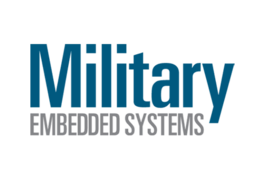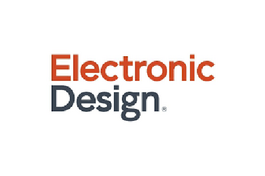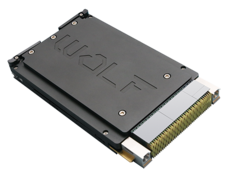Showing 17 - 24 of 43

The Case for Distributed and Remote Management of Open Standards-Based Tactical Networks for Vehicles
To exploit the potential benefits of new technologies such as artificial intelligence (AI), robotics, video analysis, Internet of Things (IoT), augmented reality and virtual reality, and other innovative technologies on mobile platforms at the tactical edge, Department of Defense (DoD) communications programs must effectively deploy advanced IT infrastructure, connectivity, and compute resources.
11/19/2020

Artificial Intelligence and Embedded Computing for Unmanned Vehicles
The latest generation of unmanned vehicles operating on land, in the air, and at sea no longer simply are remotely operated. These advanced systems have built-in intelligence to learn from their experiences and make their own decisions.
05/01/2020


